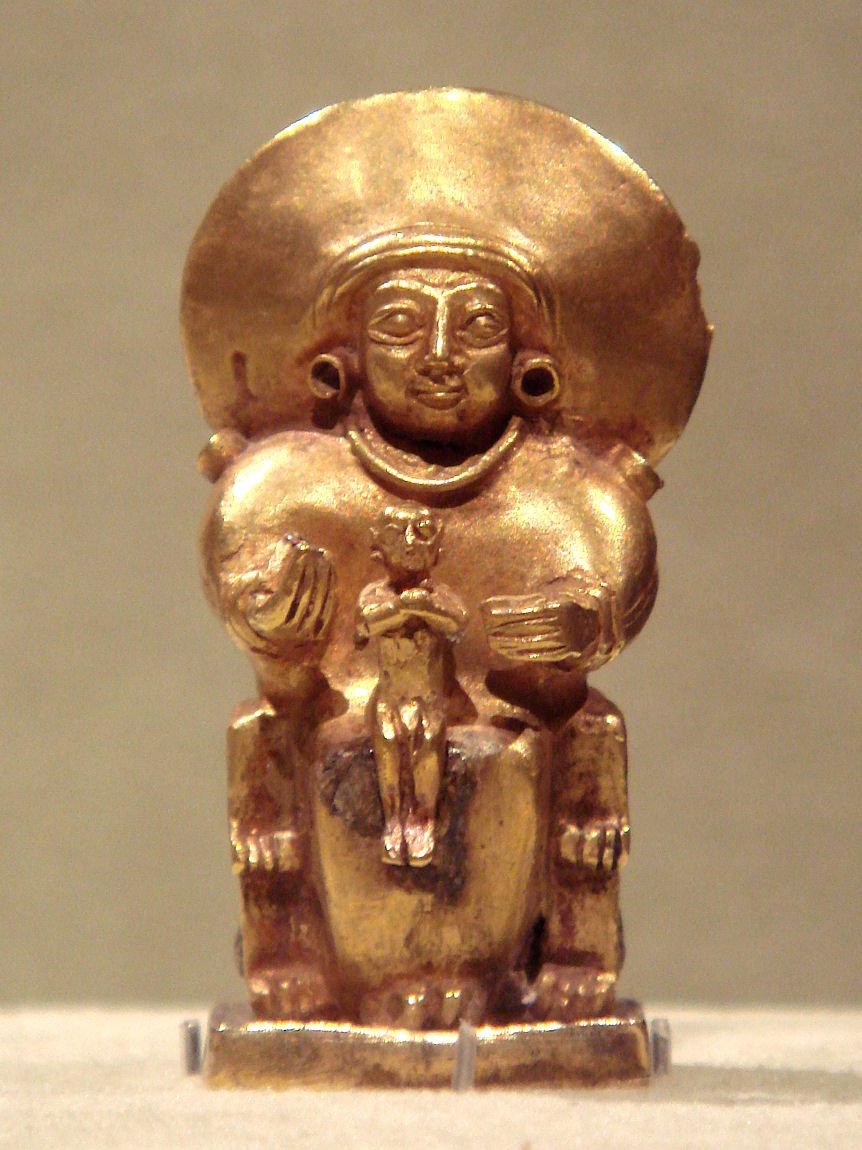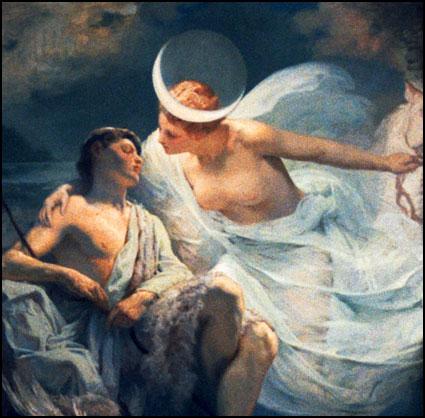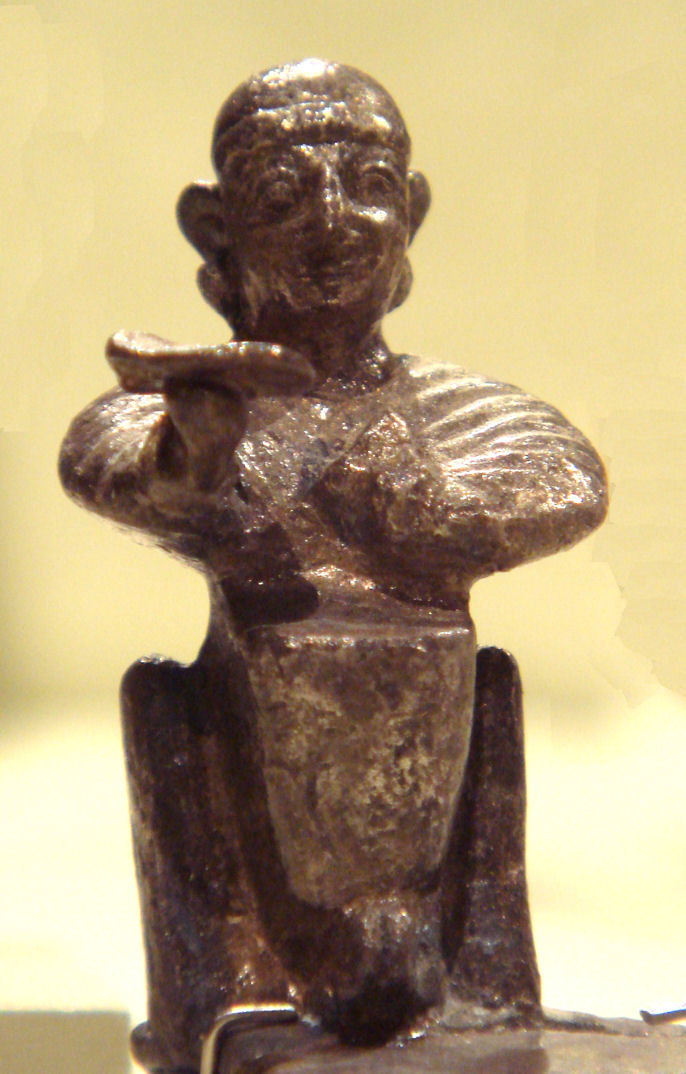|
Ḫapantali
Hapantali, also known as Hapantaliya, is an Anatolian and Luwian pastoral goddess. Hapantali cares for the sheep of Istanu. She also helps moon god Arma/ Kaskuh, when he falls down from sky, and takes part in the conference of gods when Telipinu Telipinu was the last king of the Hittites Old Kingdom, living in 16th century BC, reigned c. 1525-1500 BC in middle chronology. At the beginning of his reign, the Hittite Empire had contracted to its core territories, having long since lost all ... is back. Literature Volkert Haas: ''Die hethitische Literatur'', Walter de Gruyter GmbH & Co. KG, Berlin 2006, pages 110 f., 120 f., {{ISBN, 978-3-11-018877-6 Hittite deities Luwian goddesses Pastoral goddesses ... [...More Info...] [...Related Items...] OR: [Wikipedia] [Google] [Baidu] |
Arma (god)
Arma was an Anatolian Moon god, worshipped by the Hittites and Luwians in the Bronze Age and early Iron Age. Name The name derives from the Proto-Anatolian ''*ʿOrmo-'' ("wanderer"). He is attested as the Moon god in Hittite and Luwian religion, with the name ''Arma-''. In Lycian he was called ''Erm̃ma-'', ''Arm̃ma-'', in Carian ''Armo'' (dative case), and in Lydian ''Arm-''. In cuneiform texts, the name is written with the Sumerograms dEN.ZU or dXXX, in Hieroglyphic Luwian with a crescent Moon symbol, which is transliterated as (DEUS) LUNA. Role While the Hattian moon god, Kašku was not worshipped, Hittite and Luwian religion involved extensive worship of Arma. For the Luwians in particular, the moon was associated with the months of pregnancy and Arma was therefore believed to protect pregnant women and to help women giving birth (note Hittite ''armaḫḫ-'' ("to impregnate") and ''armai-'' ("to be pregnant"). Thus the Moon god had an important role in family religio ... [...More Info...] [...Related Items...] OR: [Wikipedia] [Google] [Baidu] |
Anatolia
Anatolia, tr, Anadolu Yarımadası), and the Anatolian plateau, also known as Asia Minor, is a large peninsula in Western Asia and the westernmost protrusion of the Asian continent. It constitutes the major part of modern-day Turkey. The region is bounded by the Turkish Straits to the northwest, the Black Sea to the north, the Armenian Highlands to the east, the Mediterranean Sea to the south, and the Aegean Sea to the west. The Sea of Marmara forms a connection between the Black and Aegean seas through the Bosporus and Dardanelles straits and separates Anatolia from Thrace on the Balkan peninsula of Southeast Europe. The eastern border of Anatolia has been held to be a line between the Gulf of Alexandretta and the Black Sea, bounded by the Armenian Highlands to the east and Mesopotamia to the southeast. By this definition Anatolia comprises approximately the western two-thirds of the Asian part of Turkey. Today, Anatolia is sometimes considered to be synonymous ... [...More Info...] [...Related Items...] OR: [Wikipedia] [Google] [Baidu] |
Luwian Mythology
Luwian religion was the religious and mythological beliefs and practices of the Luwians, an Indo-European people of Asia Minor, which is detectable from the Bronze Age until the early Roman empire. It was strongly affected by foreign influence in all periods and it is not possible to clearly separate it from neighbouring cultures, particularly Syrian and Hurrian religion. The Indo-European element in the Luwian religion was stronger than in the neighbouring Hittite religion. Periodisation The Luwian religion can be divided into two periods: the Bronze Age period and the Iron Age or Late Luwian period. During the Bronze Age, the Luwians were under the control of the Hittites. They spoke the Luwian language, a close relative of the Hittite language. Although a hieroglyphic script existed in the Bronze Age, which was used for writing Luwian, there are only a few known religious texts of the Luwians from the Bronze Age. After the collapse of the Hittite empire, several Late Luwian ... [...More Info...] [...Related Items...] OR: [Wikipedia] [Google] [Baidu] |
Pastoralism
Pastoralism is a form of animal husbandry where domesticated animals (known as " livestock") are released onto large vegetated outdoor lands ( pastures) for grazing, historically by nomadic people who moved around with their herds. The animal species involved include cattle, camels, goats, yaks, llamas, reindeer, horses and sheep. Pastoralism occurs in many variations throughout the world, generally where environmental characteristics such as aridity, poor soils, cold or hot temperatures, and lack of water make crop-growing difficult or impossible. Operating in more extreme environments with more marginal lands means that pastoral communities are very vulnerable to the effects of global warming. Pastoralism remains a way of life in many geographic areas, including Africa, the Tibetan plateau, the Eurasian steppes, the Andes, Patagonia, the Pampas, Australia and many other places. , between 200 million and 500 million people globally practised pastora ... [...More Info...] [...Related Items...] OR: [Wikipedia] [Google] [Baidu] |
Istanu
The Sun goddess of Arinna, also sometimes identified as Arinniti or as Wuru(n)šemu, is the chief goddess and companion of the weather god Tarḫunna in Hittite mythology. She protected the Hittite kingdom and was called the "Queen of all lands." Her cult centre was the sacred city of Arinna. In addition to the Sun goddess of Arinna, the Hittites also worshipped the Sun goddess of the Earth and the Sun god of Heaven, while the Luwians originally worshipped the old Proto-Indo-European Sun god Tiwaz. It appears that in the northern cultural sphere of the early Hittites, there was no male solar deity. Distinguishing the various solar deities in the texts is difficult since most are simply written with the Sumerogram dUTU (Solar deity). As a result, the interpretation of the solar deities remains a subject of debate. Family and myths The Sun goddess of Arinna and the weather god Tarḫunna formed a pair and together they occupied the highest position in the Hittite state's panth ... [...More Info...] [...Related Items...] OR: [Wikipedia] [Google] [Baidu] |
Moon God
A lunar deity or moon deity is a deity who represents the Moon, or an aspect of it. These deities can have a variety of functions and traditions depending upon the culture, but they are often related. Lunar deities and Moon worship can be found throughout most of recorded history in various forms. Moon in religion and mythology Many cultures have implicitly linked the 29.5-day lunar cycle to women's menstrual cycles, as evident in the shared linguistic roots of "menstruation" and "moon" words in multiple language families. This identification was not universal, as demonstrated by the fact that not all moon deities are female. Still, many well-known mythologies feature moon goddesses, including the Greek goddess Selene, the Roman goddess Luna, and the Chinese goddess Chang'e. Several goddesses including Artemis, Hecate, and Isis did not originally have lunar aspects, and only acquired them late in antiquity due to syncretism with the de facto Greco-Roman lunar deity Selene/ L ... [...More Info...] [...Related Items...] OR: [Wikipedia] [Google] [Baidu] |
Telipinu (god)
Telipinu (Cuneiform: , ; Hattic: ''Talipinu'' or ''Talapinu'', "Exalted Son")Beckman, Gary. "Telipinu" in ''Reallexicon der Assyriologie und Vorderasiatischen Archäologie'', Vol. 13. 2012 was a Hittite god who most likely served as a patron of farming, though he has also been suggested to have been a storm god or an embodiment of crops. He was a son of the weather god Tarḫunna ( Taru) and the solar goddess Arinniti in the system of their mythology. His wife was the goddess Ḫatepuna, though he was also paired with and Kataḫḫa at various cultic centres. Telipinu was honored every nine years with an extravagant festival in the autumn at Ḫanḫana and Kašḫa, wherein 1000 sheep and 50 oxen were sacrificed and the symbol of the god, an oak tree, was replanted. He was also invoked formulaically in a daily prayer for King Muršili II during the latter's reign. An ancient Hittite myth about Telipinu, the ''Telipinu Myth'', describes how his disappearance causes all ferti ... [...More Info...] [...Related Items...] OR: [Wikipedia] [Google] [Baidu] |
Hittite Deities
Hittite mythology and Hittite religion were the religious beliefs and practices of the Hittites, who created an empire centered in what is now Turkey from . Most of the narratives embodying Hittite mythology are lost, and the elements that would give a balanced view of Hittite religion are lacking among the tablets recovered at the Hittite capital Hattusa and other Hittite sites. Thus, "there are no canonical scriptures, no theological disquisitions or discourses, no aids to private devotion". Some religious documents formed part of the corpus with which young scribes were trained, and have survived, most of them dating from the last several decades before the final burning of the sites. The scribes in the royal administration, some of whose archives survive, were a bureaucracy, organizing and maintaining royal responsibilities in areas that would be considered part of religion today: temple organization, cultic administration, reports of diviners, make up the main body of su ... [...More Info...] [...Related Items...] OR: [Wikipedia] [Google] [Baidu] |
Luwian Goddesses
The Luwians were a group of Anatolian peoples who lived in central, western, and southern Anatolia, in present-day Turkey, during the Bronze Age and the Iron Age. They spoke the Luwian language, an Indo-European language of the Anatolian sub-family, which was written in cuneiform imported from Mesopotamia, and a unique native hieroglyphic script, which was sometimes used by the linguistically-related Hittites as well. Luwian was probably spoken over a larger geographic region than Hittite. History Origins There is no consensus on the origins of the Luwians. Armenia,Reich, David (2018), ''Who We Are and How We Got Here: Ancient DNA and the New Science of the Human Past'', Knopf Doubleday Publishing Group Iran, the Balkans, the Pontic–Caspian steppe and Central Asia have all been suggested. Their route into Anatolia is unknown. Linguist Craig Melchert suggested they were related to the Demirci Hüyük culture, implying entry into Anatolia from ancient Thrace circa 3000 BC ... [...More Info...] [...Related Items...] OR: [Wikipedia] [Google] [Baidu] |
.jpg)

.jpg)


